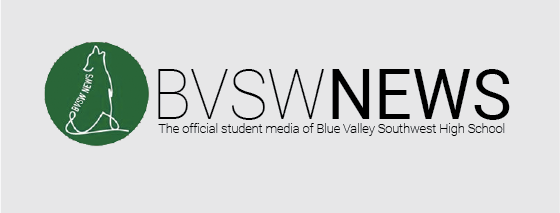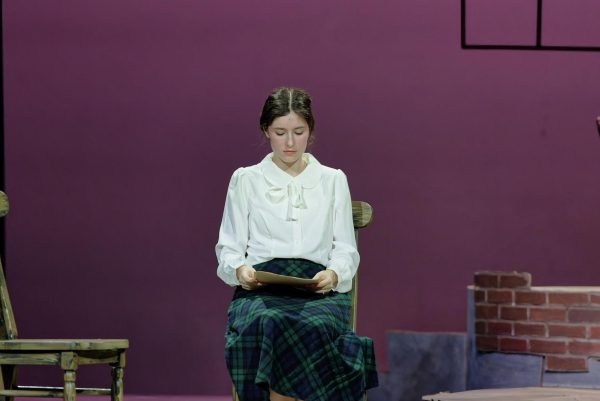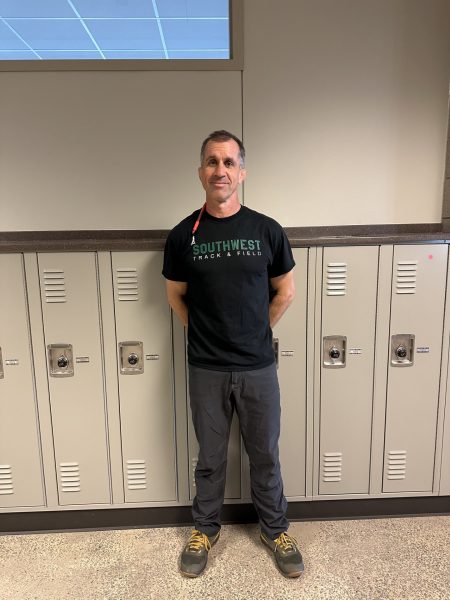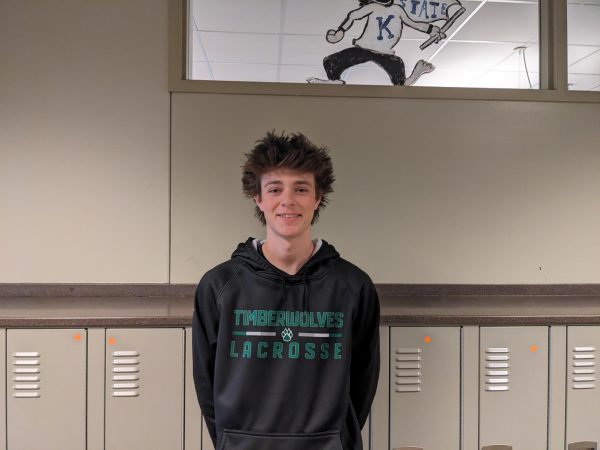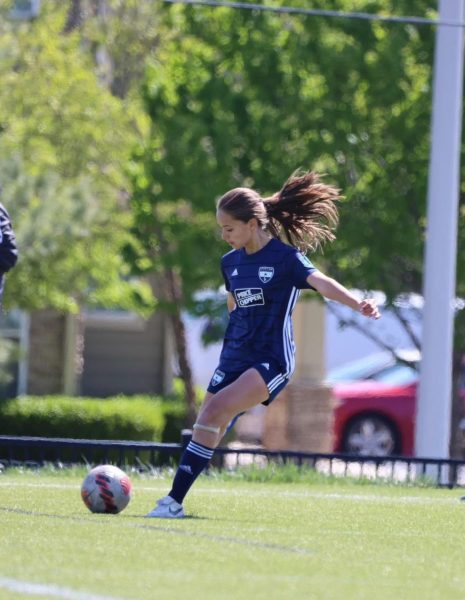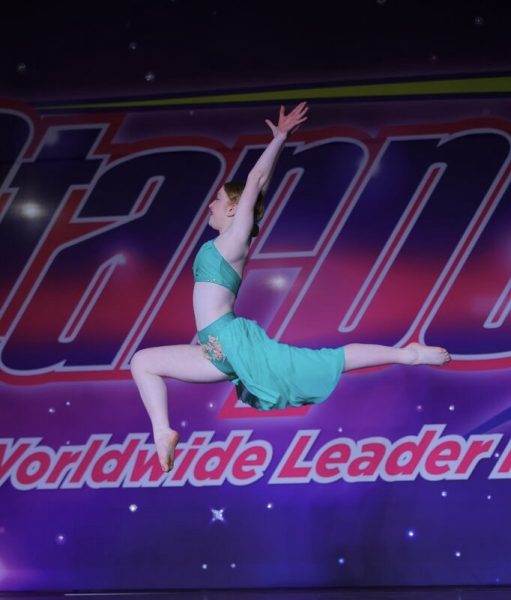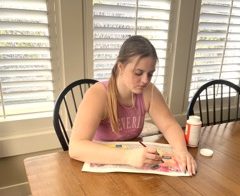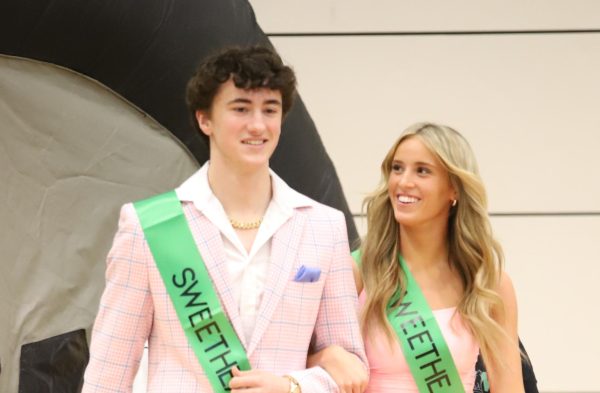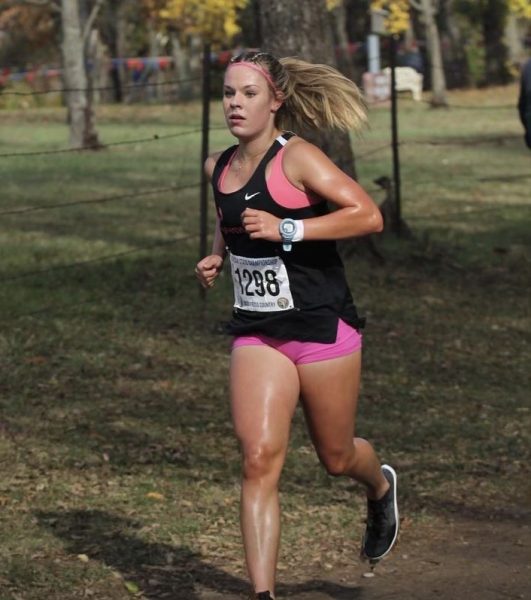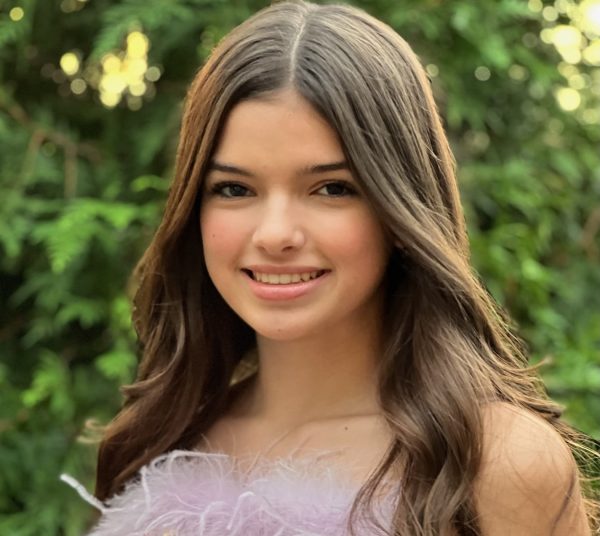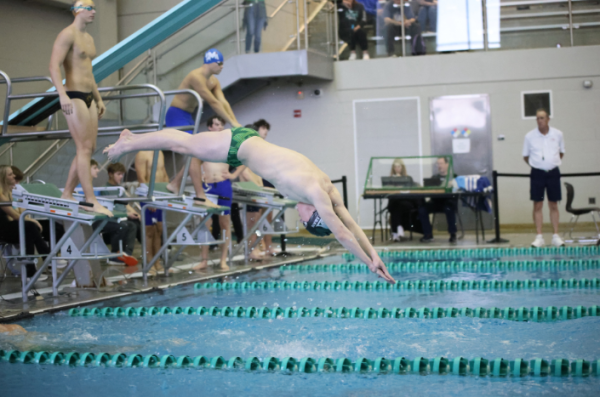What’s made and used in the realm of music
If one has a taste in music, some might wonder how that music is made. If one is interested in how music is made, they’d probably be interested in music theory.
Music theory, by definition, is the study of the practices and possibilities of music. The base components to a song are the tempo, how fast it goes, the key signature, what note is the starting note, a.k.a. the root. From there is the time signature, how many beats go into one measure.
The four important pieces to almost any song would be the percussion, which are usually drums or along those lines, a bass, a lower tone used to keep the key in mind, chords, which are used to clearly note the key and the melody, the lead that one remembers the best. For example, most rock songs have drums as the percussion, an electric bass for the bass, a rhythm guitar for the chords and the lead tends to be shared by a lead guitar and the lead singer.
In the most basic terms, the chords can be two different types: major or minor. Major chords feel brighter, and minor chords feel more dark.
When asking both teachers and students about their taste in music, they all said that they listen to a variety of music.
There are two classes available for music theory: Music theory and honors music theory, a semester long and a year long respectively. The two teachers for both classes are Brandon Lesando and Taryn Gervais.
Senior Tyler Rapavi was drawn to music at a very young age, and wanted to gain a broader spectrum of how music works. Rapavi is able to play concert percussion (Bass drum, marimba, vibraphone, xylophone, chimes, snare, etc.) and guitar.
“With any song I listen to, I have a different mindset,” Rapavi said. “ I’m able to tell what key it’s in, what chords are being played, and I can even predict what’s coming next.” He plans on making music later on in his life, and at this point has made some impressive pieces.
Sophomore Thade DeYoung started the class with not the brightest opinion, but later found the class very interesting. DeYoung has learned a fair amount of music theory in the aforementioned class, he’s also learned some specifics about jazz music theory in jazz band. His primary instrument is the bass clarinet, but can also play alto, tenor and baritone saxophone.
Lesando is one of the teachers of the class, and stated that he has always been drawn to music. He’s known music theory well for almost 20 years, and has been teaching for four years. “I feel like I just have a magnetic pull towards music.” Lesando said. This is clear to anyone who knows him because he teaches wind ensemble, jazz band, marching band and music theory.
